I’ve recently been intrigued by the quiet and thoughtful work of Laura Vahlberg, an observation-based painter from Roanoke, Virginia. Her landscapes, in particular, are remarkable examples of how light and atmosphere can transform the ordinary into the extraordinary. Vahlberg’s broad paint handling summarizes the mundane particulars of her surroundings, close looking through a lens of formal abstraction engages her compressed limited palette with tonal schemes to capture a visual essence and atmospheric lyricism. Vahlberg celebrates the interface between the abstract and the real with works that are as much about the act of seeing as they are about the final image.
Laura Vahlberg’s work has been exhibited around the U.S. and internationally (in Italy, Alabama, and Virginia). She has studied under artists including Israel Hershberg, Elana Hagler, Sarah Rutherfoord, Susan Zurbrigg, Ken Szmagaj, and Susan Jane Walp. She was born in Alexandria, Virginia in 1988 and now lives in Roanoke, Virginia. She received her Bachelors in Fine Arts at James Madison University. A selection of available works can be viewed online at Otomys Gallery, Steven Francis Fine Arts, and Reynolds Gallery.
Additionally, Vahlberg has interviewed painters on her blog. Her 2023 interview with Ken Kewley is a great read. I thank Laura Vahlberg for taking the time to answer my email interview questions.
Larry Groff: What influences you to pursue a career in painting?
Laura Vahlberg: I just love it. I love picture-making, the materials, the people, the business, and the packing and shipping. It all just appeals so much and is never boring.
LG: How did your studies at James Madison University shape your artistic perspective? Please share something of interest from that time.
Laura Vahlberg: I had a wonderful teacher Susan Zurbrigg. My clearest memory of working with her was when she told me to make an abstract painting, breaking all the rules of what I knew would work in a picture. So, for example, a rule could be that one should not place a shape right in the middle of a picture- so she would say- put the shape in the middle- see what happens. And make decisions over and over again against what one knows best. I ended up really liking that painting.
LG: How did the JSS in Civita program in Italy impact your approach to painting? Were there specific techniques or philosophies you adopted from that experience?
Laura Vahlberg: The JSS in Civita program impacted my work in a big way. Here are some takeaways:
- The light world and shadow world are separate and encased in an envelope of air.
- Looking at a color out of the corner of one’s eye will give a more accurate read.
- Focus primarily on similarities.
- Copy the master works- it’s like taking a class with a master.
- Painting is all about color relationships.
- Hue is a trailhead leading to a nameless color in nature.
LG: You paint both simplified natural landscapes and more complex, detailed interiors. How do you navigate these different approaches, and what challenges or joys do you find in each?
Laura Vahlberg: Sometimes I like to make fast outdoor paintings- the urgency in consolidating sensory information is fun. If the painting doesn’t work, I make another one.
After making one- shots for a while I find myself wanting something slower and that’s when I know it’s time to switch to making long term paintings.
My long-term paintings are often interiors. I work on an interior over many short sittings, and the shapes get smaller and layered, and the compositions become more complicated. The long-term paintings are meditative and allow me to go deeper in exploring visual ideas. After a while, I start to feel restless and impatient, and that’s when I know it’s time to paint some one-shots.
LG: Your paintings frequently operate within a narrow tonal range reminiscent of an overcast day’s light. How does this choice contribute to the atmosphere and mood you wish to evoke in your work?
Laura Vahlberg: I think a lot about how air touches everything in a picture and how one might paint that unifying air element.
I sometimes start mixing colors with a neutral gray and work outwards from there. The gray gives all of the colors something in common. I like to play with how close colors can be to each other and still be distinct from one another.
I see painting as a conversation between myself, the motif, and the painting. The resulting mood is the overall tone of the conversation.
LG: . Could you share your journey in advancing your painting career? What advice would you offer emerging artists about approaching galleries and showcasing their work?
Laura Vahlberg: Keep putting your work out there. If I’m not already busy with upcoming shows I apply to something once a month (a show/ grant/ residency).
Rejection is fuel to keep trying.
If you’re painting something that you “think will sell” take that as a warning that the painting won’t say what you want it to. Try to stay in touch with your inner voice.
Take classes, meet your heroes, ask a lot of questions, be ambitious, be curious, don’t be swayed from making the work you love to make.
LG: . Are there any books or articles about painting that have significantly influenced your approach or philosophy toward art?
Laura Vahlberg: Here are links to some books and information that have been important influences for me in some way:
- Hawthorne on Painting
- Ken Kewley’s: Notes on Color
- Camille Pissarro: Letters to his Son, Lucien
- Art/ Work, by Heather Darcy Bhandari and Jonathan Melber
- IG account: @Praxiscenterforlearning
- Interview with musician Devandra Banhart
- Interview with Vinna Begin
LG: Since we both interview painters, I thought I’d ask your thoughts on the abundance of artist interviews. Do you feel they adequately capture the essence of visual art, or is there a risk of diluting the non-verbal nature of our craft?
Laura Vahlberg:
I see artist interviews as a continued conversation started by pictures. Ideas translated into pictures translated into words. And hopefully then the words can again be translated into pictures. It’s human connection continuing on and on.

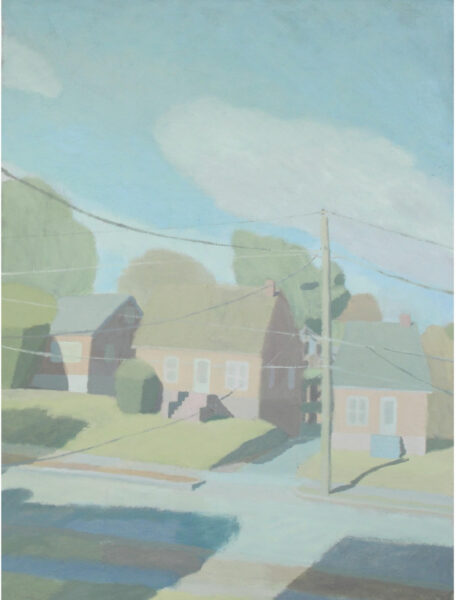
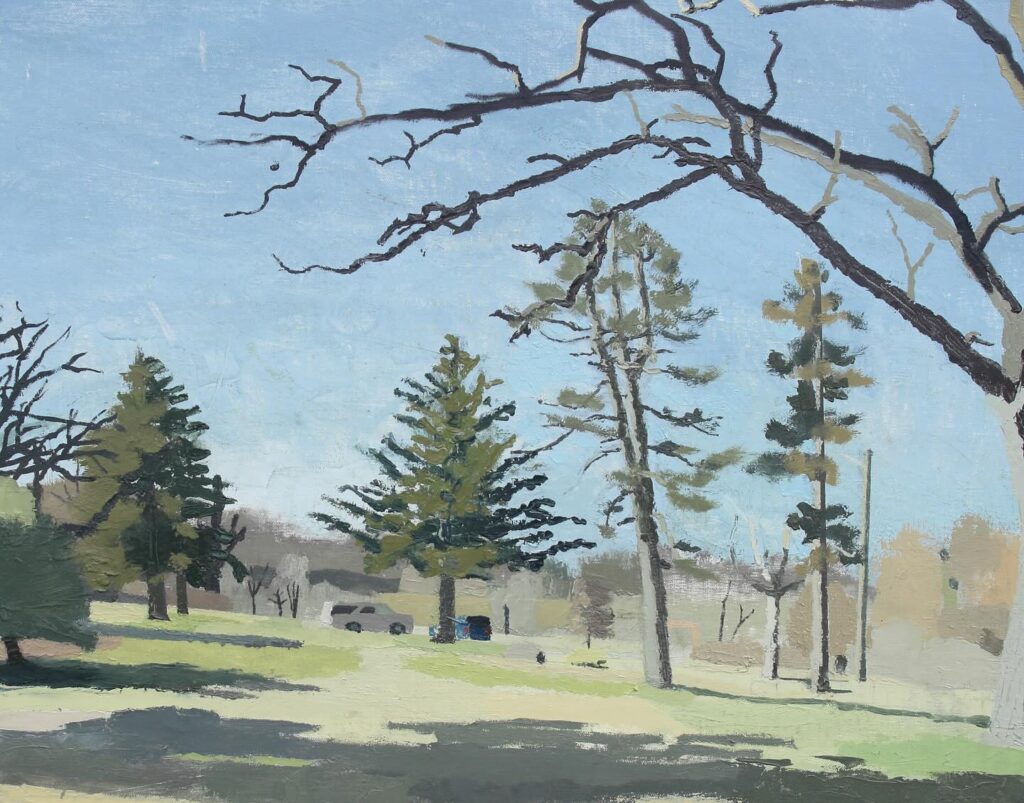
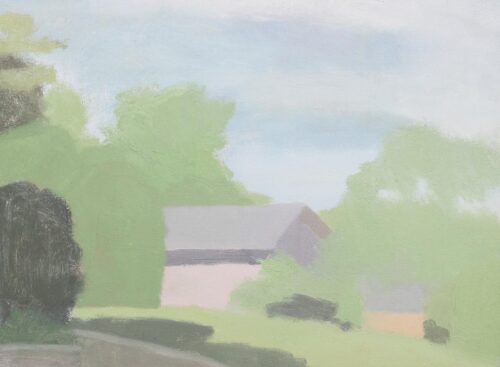
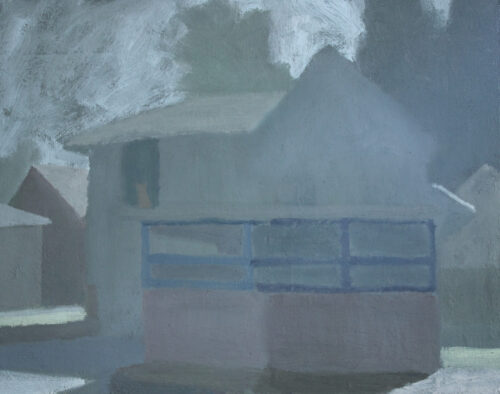
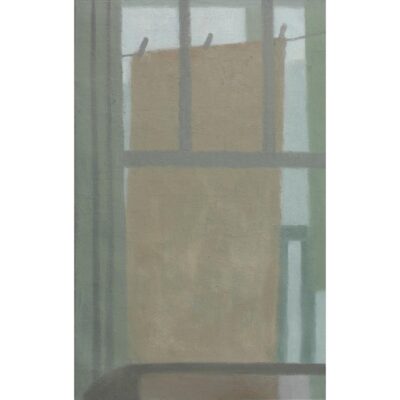

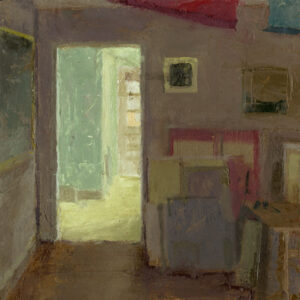

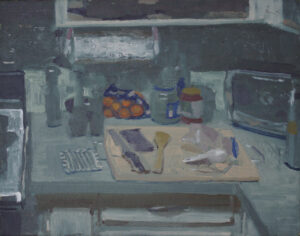
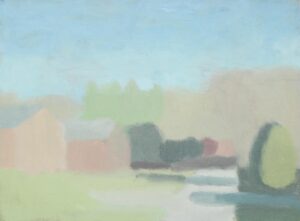
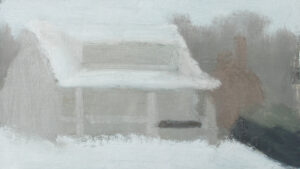

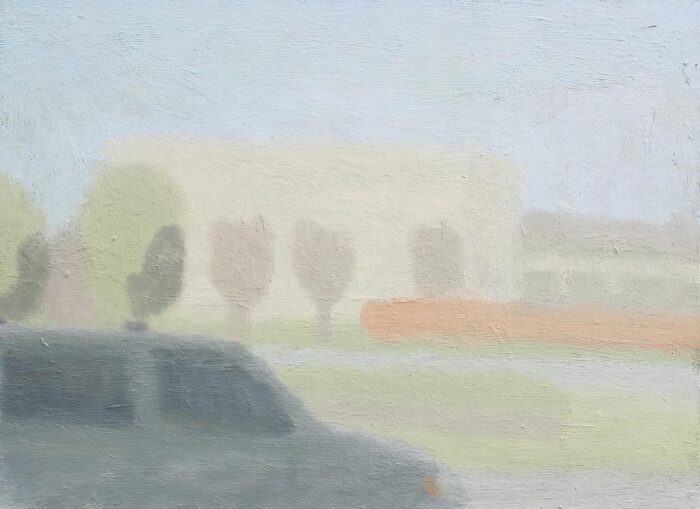
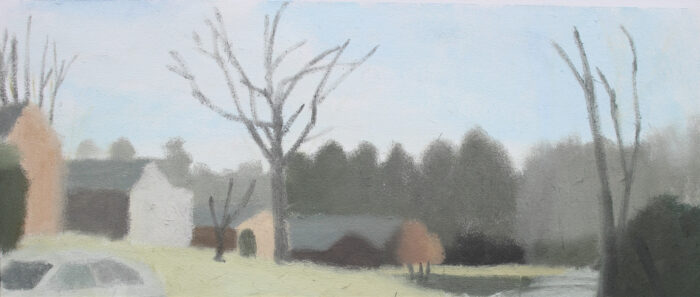
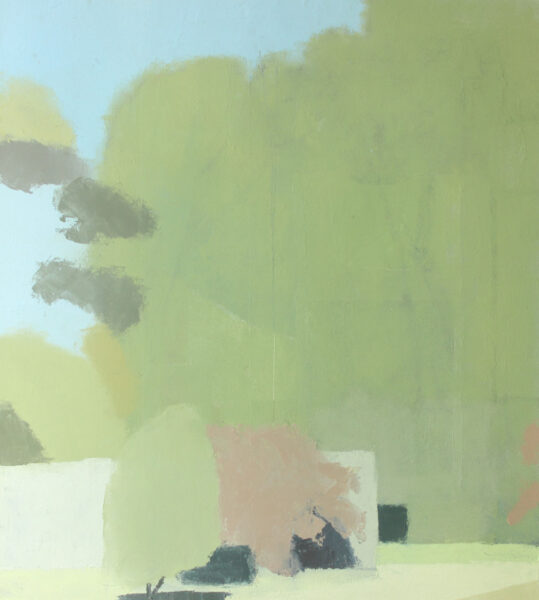

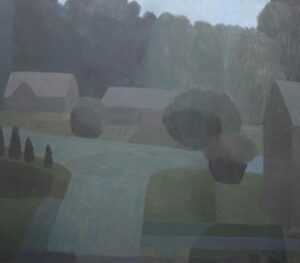
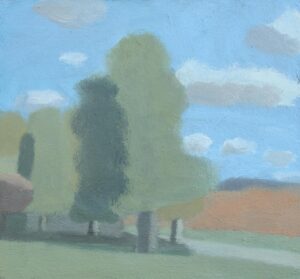
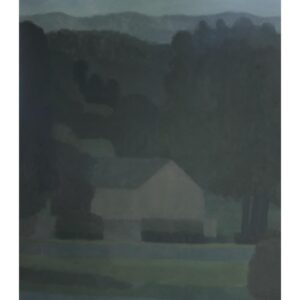




Good painting talk. And beautiful, subtle work. I like the lists. No talk about palettes, surfaces etc. No talk about drawing. But I like the emphasis on central points: enveloping atmosphere, working out from a neutral, alternating between quick paintings and longer, more thoughtful ones. Quiet, sincere practice.